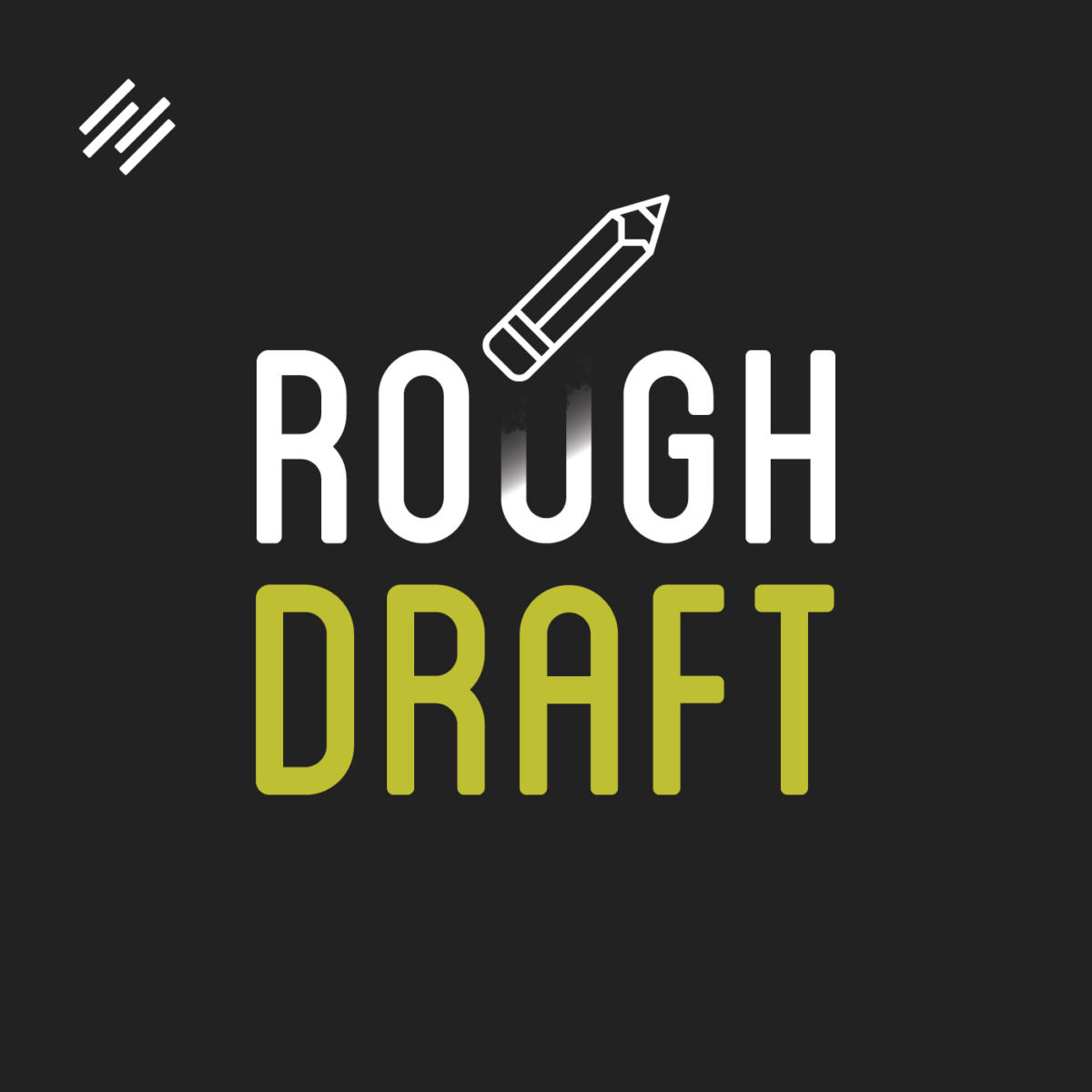095 Freaking Out Over the Thought of Writing a First Draft? Try Scaffolding

Your idea stretches out to the end of nowhere. One hundred words? One thousand? What’s the angle? The structure?
That’s just one decision among many you must make before you write. And just one more decision that adds to your anxiety.
Fail to figure this one out and your idea sits idle. Deserted. Should this indecision persist, over time you’ll accumulate a storehouse of hollowed out concepts. Your very own creative blight.
Fortunately, scaffolding can help you avoid this mess.
In this 7-minute episode you’ll discover:
- A gimmick to trick yourself into taming even the craziest ideas
- 8 scaffolding topics you can use right now
- Scaffolding in action
- And more!
The Show Notes
Freaking Out Over the Thought of Writing a First Draft? Try Scaffolding …
Voiceover: This is Rainmaker.FM, the digital marketing podcast network. It’s built on the Rainmaker Platform, which empowers you to build your own digital marketing and sales platform. Start your free 14-day trial at RainmakerPlatform.com.
Demian Farnworth: Howdy, and you are listening to Rough Draft, your daily dose of essential web writing advice. I am Demian Farnworth. Your host, your muse, your digital recluse, and the Chief Content Writer for Copyblogger Media.
And thank you for sharing the next few minutes of your life with me.
Your idea stretches out to the end of nowhere. One hundred words? One thousand? What’s the angle? The structure?
That’s just one decision among many you must make before you write. And just one more decision that adds to your anxiety.
Fail to figure this one out and your idea sits idle. Deserted. Should this indecision persist, over time you’ll accumulate a storehouse of hollowed out concepts. Your very own creative blight.
Fortunately, scaffolding can help you avoid this mess.
A Gimmick to Trick Yourself into Taming Even the Craziest Ideas
Scaffolding is a notion I learned from Zadie Smith, the British novelist, during a 2008 commencement speech given to students at Columbia University’s writing program.
The lecture is called “That Crafty Feeling” and you can find it in her book Changing My Mind: Occasional Essays.
In that speech she said when writing a novel (but this can apply to articles, blog posts, or even sales letters) you should use a framework. She called it a scaffolding. And she said why:
“Use it to divide what seems like an endless, unmarked journey.”
Think of it as a gimmick to trick yourself into thinking there’s a larger order to the project. Scaffolding allows you to take that burden, that pressure of figuring out where this is going off of your shoulders and lets you just focus on the writing. The words.
8 Scaffolding Topics You Can Use Right Now
In other words, scaffolding gives it parameters. Create an endgame goal. Artificial or not.
But what sort of parameters?
- This could be Joseph Campbell’s A Hero’s Journey structure, where you have the hero, the goal, the conflict, the mentor, and the moral.
- Your favorite number, say seven (where you limit your blog post to only seven paragraphs, sentences, or words).
- A model of the number of days in a year.
- A formula like Problem-Agitate-Solve.
- The three acts of a movie.
In her book “Process“, Sara Stodola says that Zadie Smith has a list of potential ideas she could use as scaffolding:
- The liner notes to the Beatles’ White Album
- The speeches of Donald Rumsfield
- And a chapter each on the books of the prophets in the Old Testament.
Scaffolding will help you get started and give you a point of reference before the writing takes over. It’s catalyst, not the backbone.
Your choice. However: you must always remove any trace of the framework. You must make it your own.
Scaffolding in Action
For instance, you could use the 5 Ws to work through your first draft. Let’s say you wrote a piece about why you no longer get drunk.
In a normal setting you would open with the who. You re-arrange it to open with the why. And in the body you blend the four others (plus the how) into a list of examples, so that each entry you listed what you drank, who you drank with, where you drank, how you drank, and when you drank.
- I drank dollar cranberry vodkas to excess on Tuesday nights in an empty dance club.
- I drank wine spritzers to excess in a hotel room on Wrightsville beach during summer break with people from high school.
You can mix up that formula to kill monotony. Then you close it out with a conclusion.
When someone reads your article they won’t read it and think you are using the five Ws, unless she trains her eyes on it. Otherwise it looks fresh, like yours.
So, what scaffolding are you going to use today to get that rough draft out of you and on paper?
Let me know on Twitter, these comments. And if you haven’t yet, leave me a rating and review on iTunes. It’s a great way to show your support of this show.
Until next time, take care.
